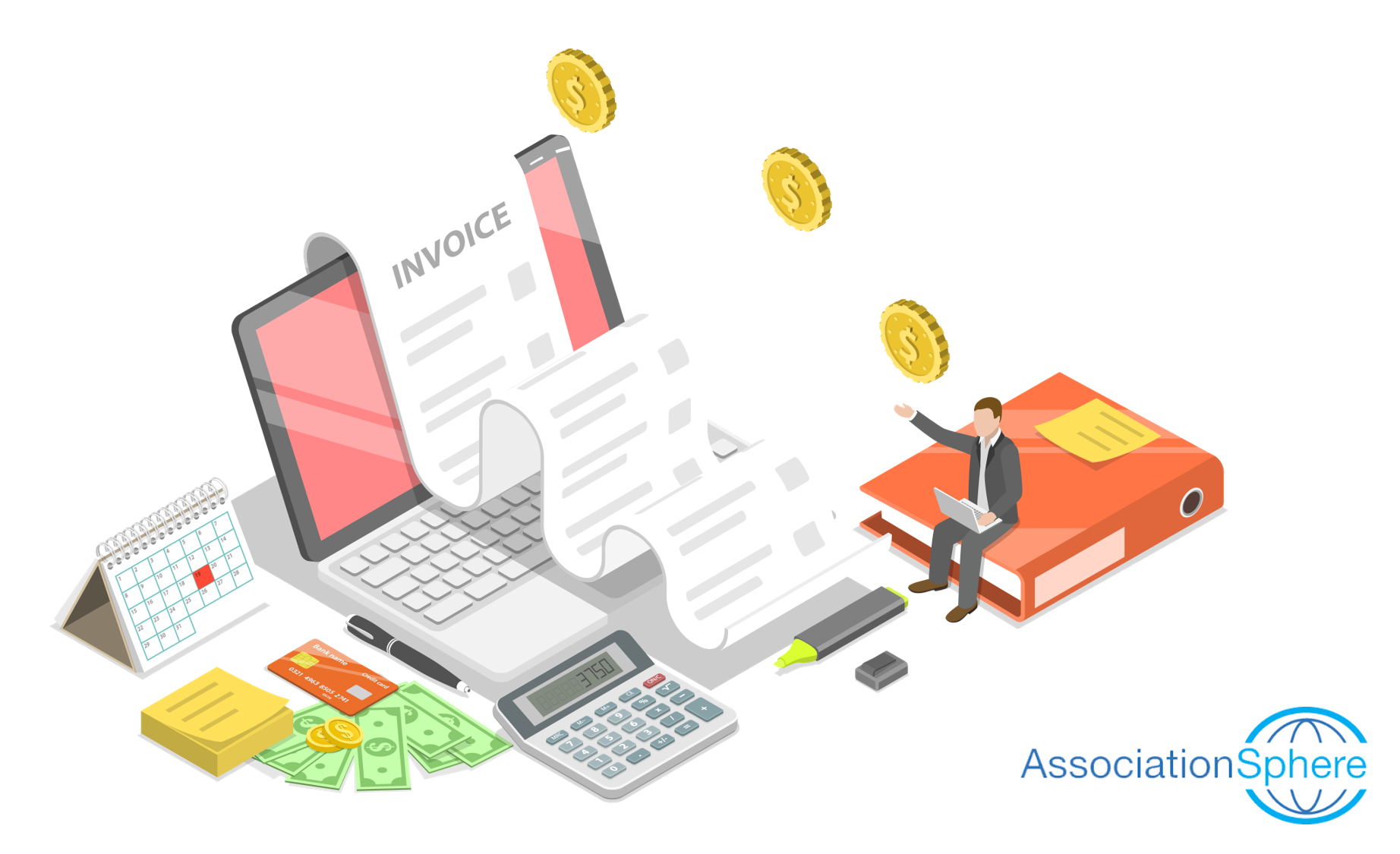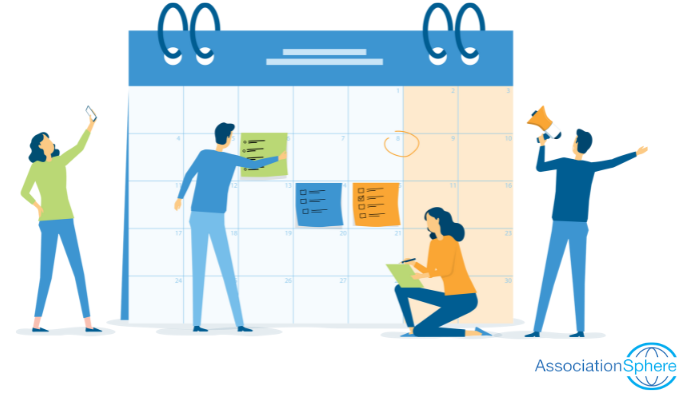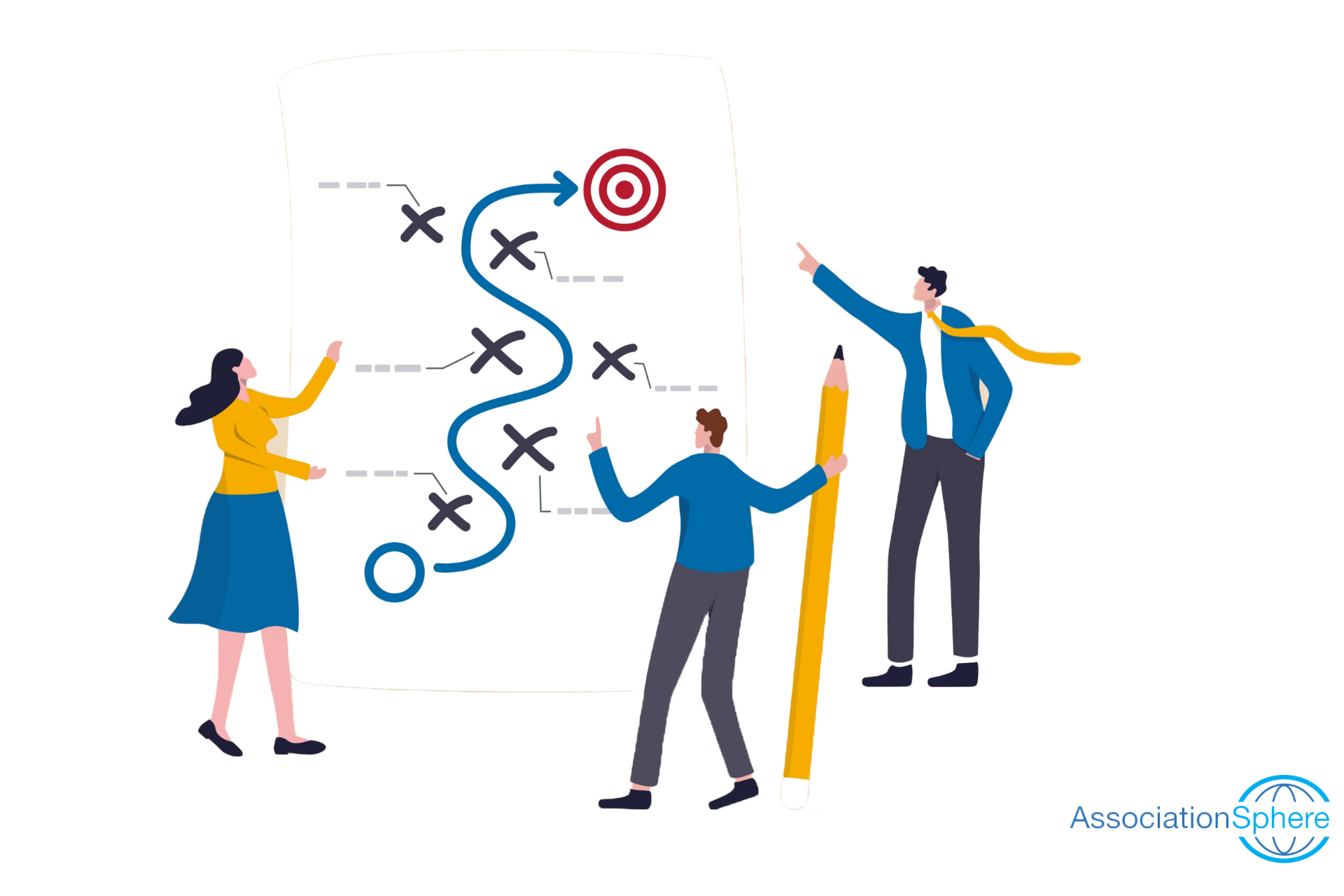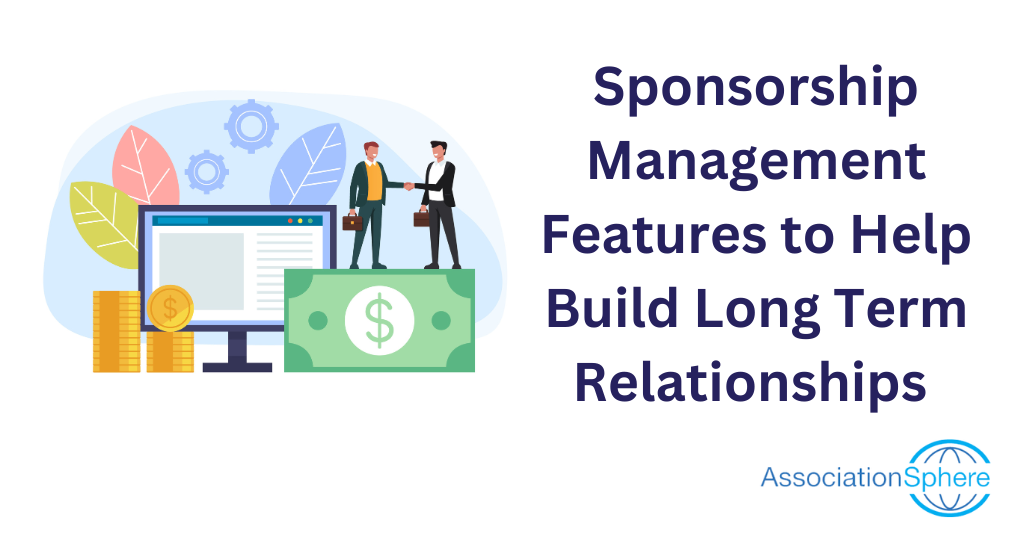Step Up Your Invoicing Game

If you are already using the invoicing features in AssociationSphere, that is great. You already know that it adds professional polish to your organization’s image, keeps you organized, makes it easier for your members to get their memberships paid, and it helps you get paid on time. If you are thinking, “We’d rather have the money up front,” consider that having an invoicing option can actually reduce the barriers for purchases. For members whose company’s pay for their memberships, it’s more convenient for the member to hand the accounting team an invoice and let them pay directly instead of waiting for a reimbursement for the out-of-pocket expense.
With AssociationSphere, you can automatically generate invoices for memberships and events and manually create them for any payment due. The software generates a unique URL for encrypted payment processing so payments can be made with a credit card or printed and mailed the old fashioned way to pay with a check. You can offer your members the opportunity to make partial payments so they can pay over time, if preferred. With your invoicing process in place, it’s time to take it to the next level.
- Organizations often overlook the benefit of using their invoices as a communications tool and another touch point with members and the companies they work for. With AssociationSphere you can:
- Add branding, tag lines, and links to the invoice and cover letter for polish and pizzaz.
- Personalize all the communication with merge fields to avoid form-letter feels.
- Set-up auto-reminders to take the burden off your plate and let the software work for you.
- Include exciting announcements about upcoming events and noteworthy happenings in your industry.
- Promote your membership benefits making it easier to see and understand what they are paying for.
- Offer referral bonuses – like discounts on renewals for referring a new member. With the new member on board, you can send coupon codes to the referring member.
Move your invoicing mindset from the administrative to the marketing realm to take full advantage of the opportunity of being in front of your member and their team. With AssociationSphere, the sky’s the limit!



